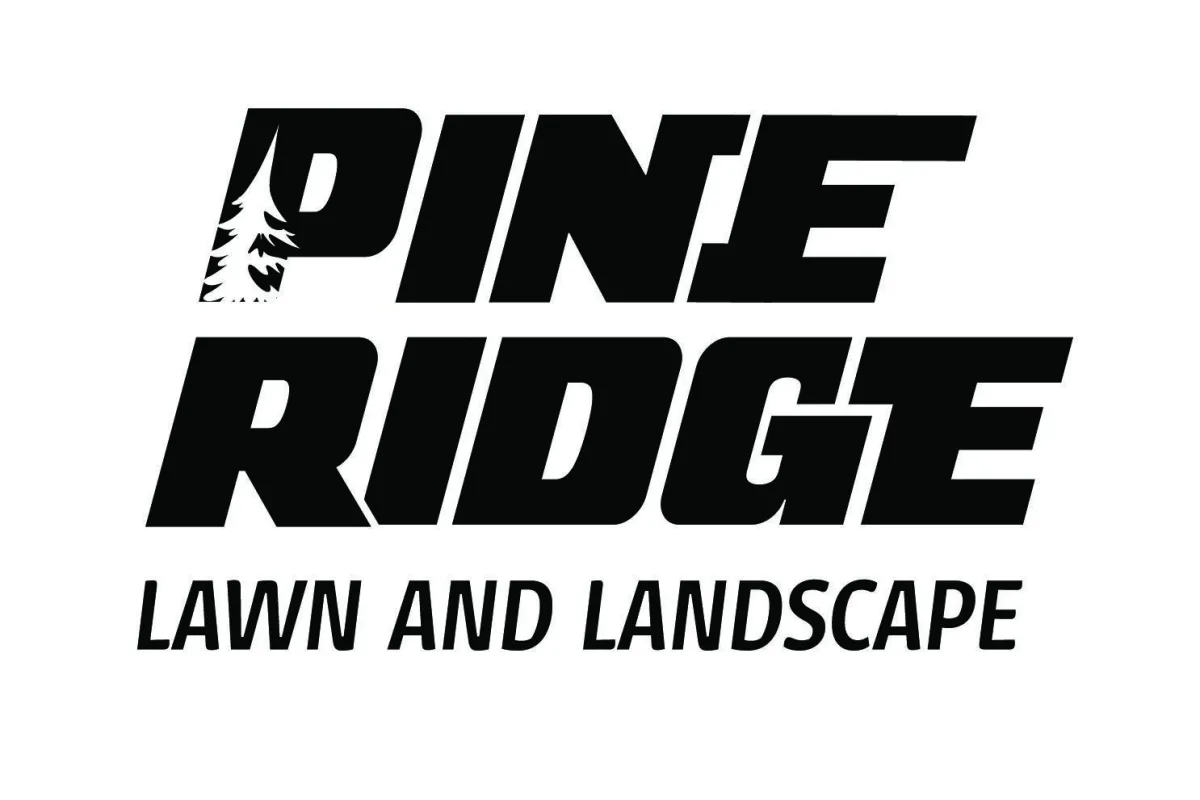Welcome to our Blog
The Pine Ridge Lawn & Landscape Blog

How to Find the Best Landscape Maintenance Services Near You
Introduction
Pine Ridge Lawn & Landscape is a locally owned company serving Central Minnesota and the northern Twin Cities metro. They provide expert landscaping and maintenance services, including lawn care services, for residential and commercial properties. Homeowners and business owners face challenges from maintaining lush lawns and attractive gardens to managing seasonal snow removal. This article explains essential services from routine lawn mowing to full-scale landscape design and installation, sustainable practices, and the benefits of working with experienced professionals in the unpredictable Minnesota climate. Relying on Pine Ridge ensures that outdoor spaces remain beautiful and functional year after year.
What Are the Essential Landscaping and Lawn Maintenance Services Near Me?
Local landscaping and lawn maintenance, including lawn care services and landscape-design-services, preserve the aesthetic appeal and health of outdoor spaces.
Essential services include:
- Mowing and trimming to maintain uniform grass height, often provided as part of commercial lawn services.
- Fertilization and weed control to bolster soil fertility and defend against invasive species.
- Pruning, mulching, and seasonal cleanups to manage organic matter and debris.
- Hardscaping tasks, such as installing retaining walls, decks, and drainage systems for enhanced functionality and curb appeal, are examples of hardscaping services.
- Expertise in local weather and soil conditions ensures the right shrub and lawn varieties thrive even during drought or heavy snowfall, supporting the needs of commercial-snow-services.

Which Lawn Care Services Improve Lawn Health and Appearance?
Key services that improve lawn health and appearance include:
- Regular Mowing: Keeps the lawn neat, stimulates deep root growth, and prevents weed infestation.
- Fertilization: Supplies essential nutrients (nitrogen, phosphorus) to boost soil fertility and promote dense, vibrant grass.
- Aeration and Overseeding: Relieve soil compaction and replenish thinning areas, ensuring improved seed-to-soil contact.
- Weed Control and Pest Management: Prevents invasive species from robbing nutrients and water while protecting against insects and diseases.
Professional providers use high-quality organic fertilizers, precision tools, and eco-friendly herbicides. Custom plans are developed to align with soil composition, moisture, and regional climate.
What Does Landscape Maintenance Include for Residential and Commercial Properties?
Landscape maintenance covers both routine and preventive activities:
- For Residential Properties: Includes mowing, shrub trimming, leaf removal, pest control, and garden care.
- For Commercial Properties: Focuses on scheduled cleanups, reliable mowing, debris removal, and upkeep of signage areas, parking lots, and entrance vistas.
Preventive care involves regular inspections to detect drainage or irrigation issues, thereby avoiding costly repairs. Seasonal adjustments are made—for example, snow removal, ice management, and lawn aeration—to maintain safety and appearance.

How Does Professional Landscape Design Enhance Outdoor Spaces?
Professional landscape design transforms an ordinary yard into an inviting extension of a property through:
- Tailored Planning: Considering sunlight, soil type, moisture levels, and intended space usage.
- Creative Integration: Combining hardscaping (patios, walkways) with coordinated plant selections.
- Irrigation Systems: Installing efficient watering systems that promote sustainable maintenance.
- Year-Round Appeal: Designs incorporate seasonal plants that ensure continuous visual interest.
Successful projects often lead to increased energy efficiency, improved curb appeal, and higher customer satisfaction.
How Do Lawn Mowing, Fertilization, and Weed Control Services Work?
These services follow a systematic routine:
- Lawn Mowing: Regular cutting maintains uniformity and prevents overgrowth while encouraging strong roots.
- Fertilization: Periodic application during active growth seasons ensures that essential nutrients reach the turf.
- Weed Control: Selective herbicides and mechanical methods control invasive species without harming the lawn.
Together, these actions create a healthy, vibrant lawn and reduce maintenance needs over time.

Why Is Regular Lawn Mowing Important for Lawn Maintenance?
Regular mowing:
- Preserves a uniform look and promotes dense, resilient growth.
- Prevents formation of seed heads and reduces weed opportunities.
- Helps regulate pests and prevents debris buildup that can lead to fungal growth.
Professional services use commercial grade equipment and adhere to optimal mowing heights, ensuring plants maintain sufficient green mass for photosynthesis and overall health.
What Are the Benefits of Lawn Fertilization and How Is It Done?
Lawn fertilization:
- Provides essential nutrients (nitrogen, phosphorus, potassium) to build robust cellular structures.
- Enhances color, density, and overall plant health.
- Is applied based on soil tests and grass type; professional spreaders ensure even distribution. Fertilization strengthens the lawn against drought and pests.
Often, it is coupled with aeration and overseeding for maximum effectiveness, resulting in a visually attractive and low-maintenance lawn.

How Can Professional Weed Control Protect Your Lawn?
Weed control:
- Targets invasive species that compete with grass for nutrients and water.
- Uses selective herbicides and mechanical methods to remove weeds without harming desirable plants.
- Is applied both pre-emergently and post-emergently to continuously protect the lawn.
An integrated approach—combining mowing, fertilization, and weed control—creates a dense and competitive turf, reducing the chances of weed establishment and supporting overall lawn health.
When Should Aeration and Overseeding Be Scheduled for Best Results?
Aeration and overseeding are best performed:
- During early fall or spring when soil moisture and temperatures are optimal.
- Aeration removes compaction and facilitates nutrient, water, and air penetration, while overseeding replenishes thinning areas.
- In Central Minnesota, fall is often preferred to utilize residual summer moisture, though early spring may also be effective.
Some experts add compost with overseeding to improve seed germination, resulting in a denser, healthier lawn.

How Does Professional Landscape Design and Installation Complement Maintenance Services?
A well-executed landscape design provides the blueprint that maintenance preserves. The harmonious blend of hardscape and softscape elements is not only aesthetically appealing but also minimizes long-term upkeep. Ongoing maintenance sustains design intent by addressing seasonal changes and unexpected issues.
What Is the Process of Landscape Design for Homeowners and Businesses?
The process includes:
- Consultation and Site Assessment: Understanding client vision, assessing soil, drainage, and sunlight.
- Conceptual Design: Creating drawings that integrate plant selections and hardscaping elements.
- Implementation: Precise installation of plants, sod, patios, and irrigation systems.
- Ongoing Maintenance: Regular pruning, fertilizing, and cleanups ensure the design remains effective and evolves with the landscape.
This integrated service approach ensures long-term curb appeal and functionality.

How Are Hardscaping Elements Like Patios and Walkways Installed?
Hardscaping installation involves:
- Site Preparation: Clearing, leveling, and establishing a stable base with compacted gravel or sand.
- Material Installation: Laying natural stone, pavers, or concrete according to design specifications, using leveling tools and spacers.
- Finishing Touches: Edging, drainage channels, and built-in lighting may be added.
Regular maintenance of hardscaped features ensures any settling or cracking is promptly addressed, preserving both aesthetics and functionality.
Which Plants and Gardens Are Best Suited for Local Climate Conditions?
For Central Minnesota:
- Choose native species, ornamental grasses, and hardy perennials that require minimal water.
- Consider plants like serviceberry, juniper, and prairie dropseed, which withstand harsh winters and variable moisture.
- Low-maintenance garden designs such as xeriscaping or rock gardens conserve water and reduce reliance on chemical treatments.
These selections support local biodiversity and ensure a sustainable, visually appealing landscape with year-round interest.
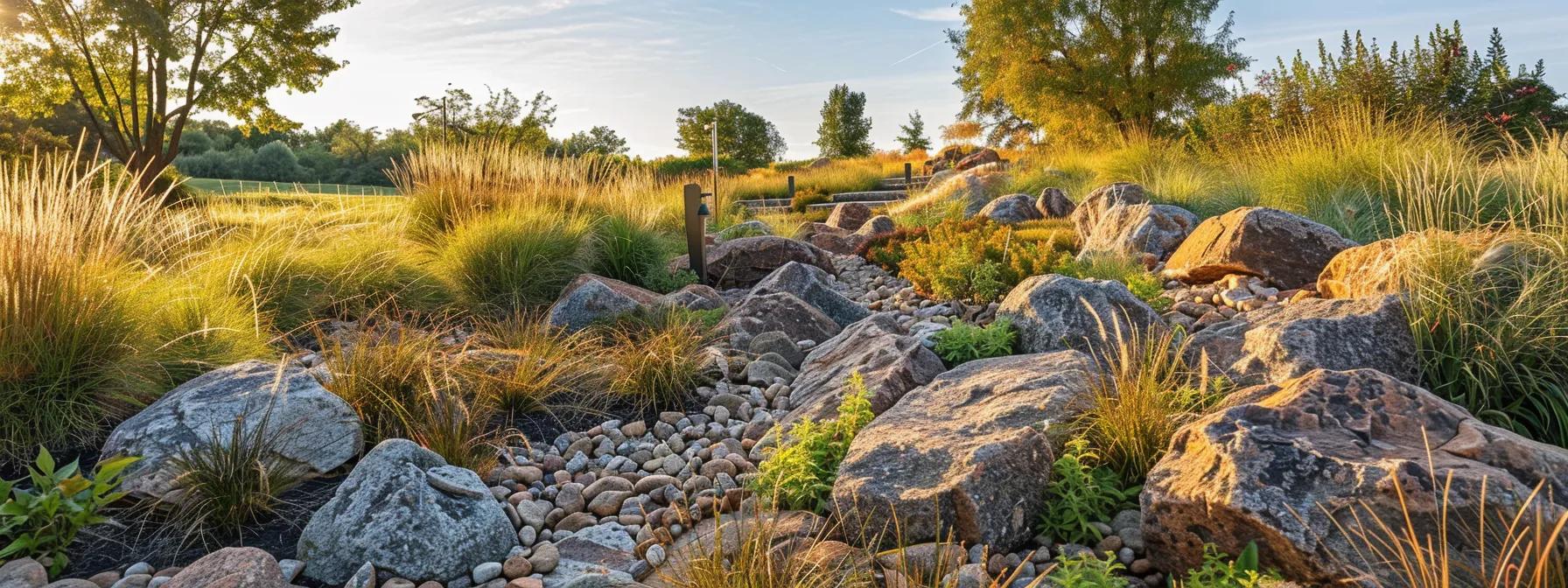
Why Is Irrigation System Installation and Maintenance Vital for Landscapes?
Efficient irrigation:
- Automatically adjusts water delivery based on soil moisture and weather, conserving water and reducing utility bills.
- Is vital for sustaining plant growth without causing overwatering or waterlogging.
- Protects hardscape installations from water damage.
Local experts integrate irrigation with landscape design to target high-maintenance areas while conserving water elsewhere, ensuring a thriving, sustainable garden.
How Can I Find Reliable Local Landscaping and Maintenance Services Near Me?
Reliable services are found through:
- Research and Reviews: Checking online reviews, case studies, and portfolios.
- Local Expertise: Companies like Pine Ridge Lawn & Landscape have longstanding reputations and familiarity with Minnesota’s unique climatic and soil conditions.
- Certifications and Transparency: Look for licensure, insurance, customer testimonials, and clear pricing models.
A trusted provider will offer tailored maintenance plans that meet both residential and commercial needs.

What Should I Look for When Choosing a Local Landscaping Company?
When choosing a provider, consider:
- Years of experience and a robust project portfolio.
- Positive customer reviews and strong testimonials. - Clear communication on pricing, service details, and scheduling.
- The ability to handle both residential and commercial projects, offering integrated service packages that include design, installation, and maintenance.
These criteria ensure you select a company that delivers quality workmanship and reliable service.
How Does Local Expertise Improve Landscaping and Lawn Maintenance?
Local expertise ensures:
- Tailored recommendations based on regional soil, rainfall, and seasonal conditions.
- Effective implementation of pest control, irrigation, and fertilization practices.
- Familiarity with local municipal regulations and supplier networks, leading to better pricing and more reliable service.
This specialized knowledge results in durable, efficient, and sustainable landscaping solutions.
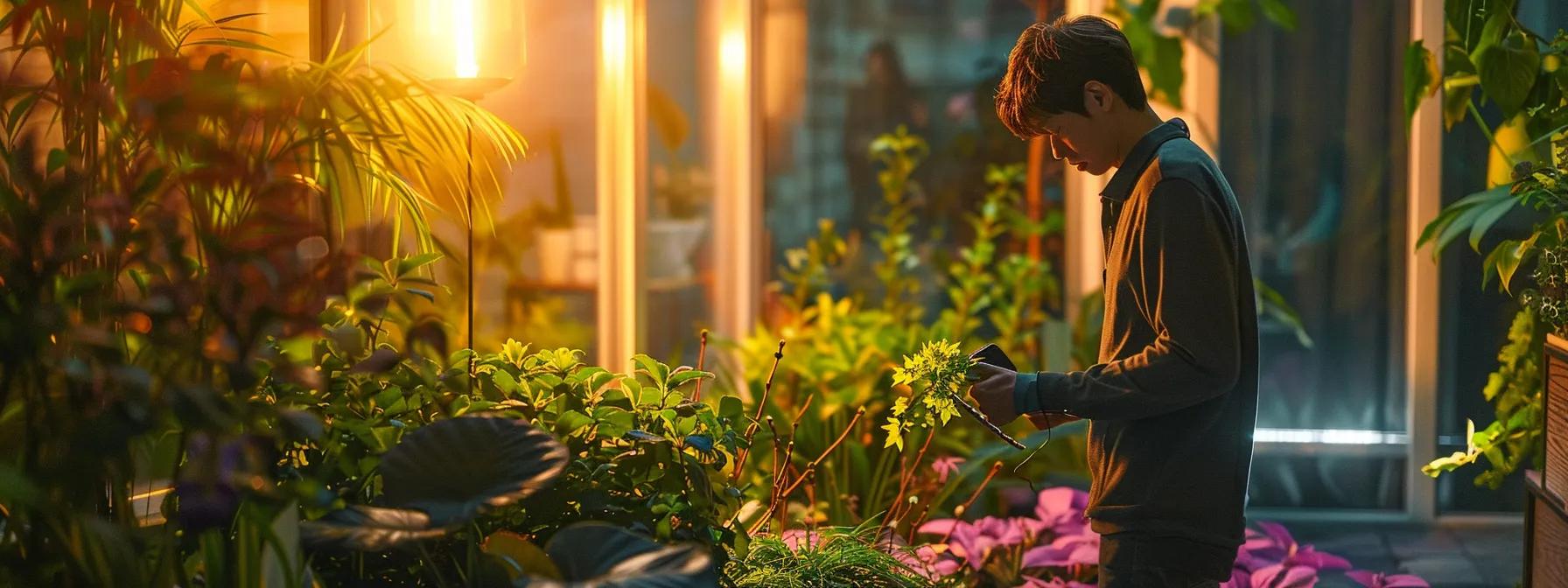
What Are Typical Pricing Models for Landscaping and Lawn Maintenance Services?
Pricing models vary by service scope:
- Routine Maintenance: Often offered on a monthly or seasonal contract for mowing, fertilization, and cleanups.
- Large Installations: Quoted on a per-project basis, with costs influenced by property size, design complexity, and materials used.
- Bundled Solutions: Some companies offer packages that integrate design, installation, and ongoing maintenance.
Transparent, detailed estimates help homeowners set a realistic budget for quality services.
How Can Customer Reviews and Testimonials Guide My Decision?
Customer feedback is crucial:
- Reviews reveal real-world service quality, punctuality, and effectiveness.
- Testimonials provide examples of improvements such as enhanced curb appeal and efficient snow removal.
- Consistent positive feedback across multiple platforms signals a reliable, high-quality service provider.
These insights help you choose a company that meets your maintenance and design needs.

What Are Sustainable Landscaping Practices for Eco-Friendly Lawn Maintenance?
Sustainable landscaping reduces environmental impact while maintaining functionality:
- It uses renewable resources, conserves water, and minimizes chemical applications.
- Techniques include using drought-tolerant plants, water-efficient irrigation, organic fertilizers, mulching, and composting.
The result is a resilient, low-maintenance landscape that protects local wildlife and water quality.
Which Drought-Tolerant Plants Are Ideal for Sustainable Landscaping?
Ideal plants for sustainable landscaping in Central Minnesota include:
- Native ornamental grasses, sedums, and certain wildflowers that require minimal irrigation.
- Plants with deep root systems and waxy foliage help retain moisture and reduce maintenance.
A diverse mix creates visual interest and supports local biodiversity while lowering water bills and upkeep costs.
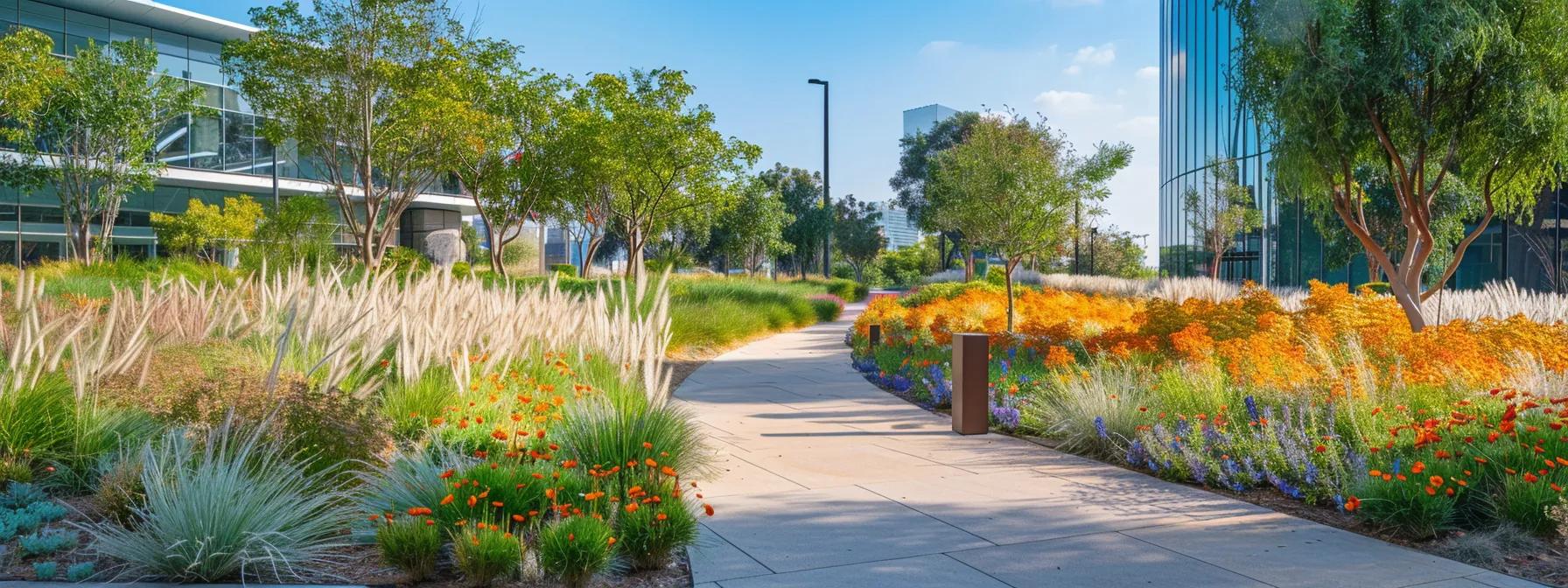
How Do Water-Efficient Irrigation Systems Save Resources?
Water-efficient systems, such as drip irrigation and smart sprinklers:
- Deliver water directly to plant roots, minimizing evaporation and runoff.
- Automatically adjust based on weather and soil moisture, reducing waste.
- Help maintain consistent soil moisture for sustained plant health.
These systems lower utility bills and support sustainable, eco-friendly landscaping.
What Are the Benefits of Using Organic Fertilizers and Mulch?
Organic fertilizers and mulch:
- Release nutrients slowly for long-term soil health without harmful runoff.
- Conserve moisture, regulate temperature, and suppress weed growth.
- Enhance soil structure and promote beneficial microbial activity.
Using organic products results in reduced maintenance costs and a healthier, more sustainable landscape.
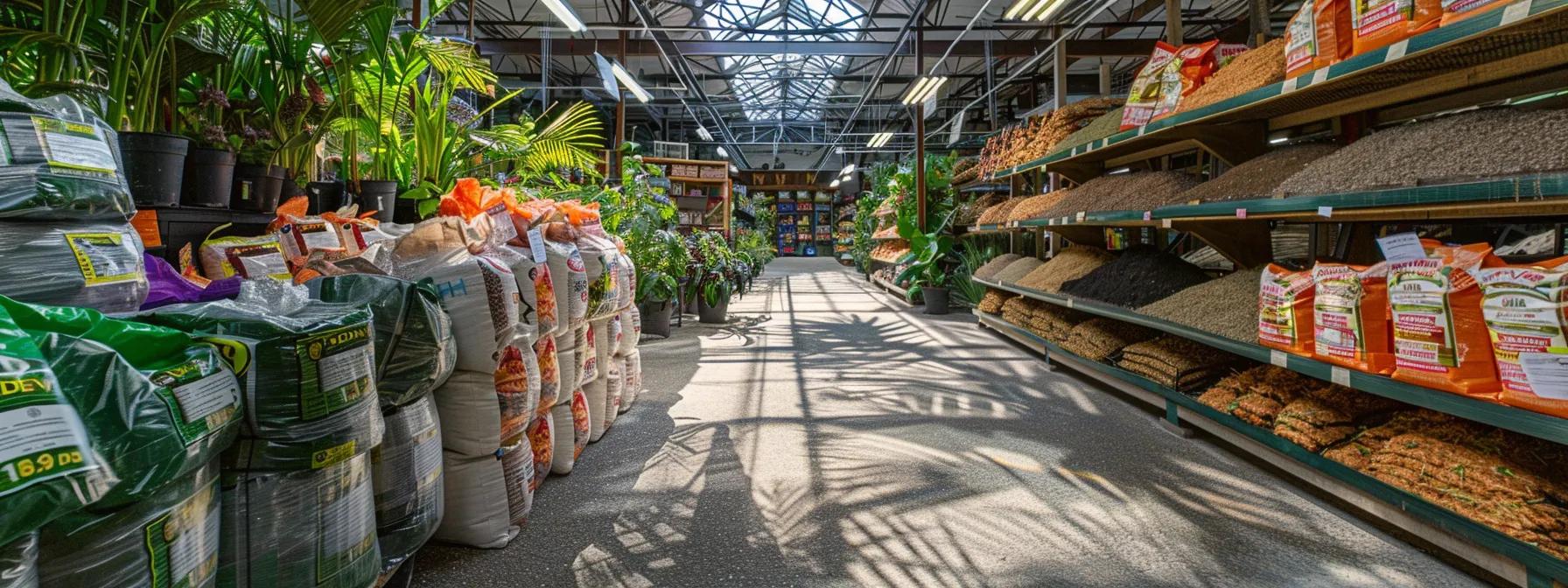
How Can Composting Enhance Soil Health in Landscape Maintenance?
Composting transforms organic waste into nutrient-rich soil amendments that:
- Improve soil structure, fertility, and moisture retention.
- Boost microbial activity, leading to robust plant growth.
- Reduce the need for chemical fertilizers and promote a regenerative soil ecosystem.
Regular compost application creates a resilient, low-maintenance outdoor space.
How Often Should Landscaping and Lawn Maintenance Be Performed for Optimal Results?
A consistent maintenance schedule is key:
- Routine tasks (mowing, fertilization, and weed control) should be performed weekly or bi-weekly.
- More comprehensive tasks like aeration, overseeding, and seasonal cleanups are scheduled annually or bi-annually.
This systematic approach ensures peak lawn and landscape condition throughout the year.
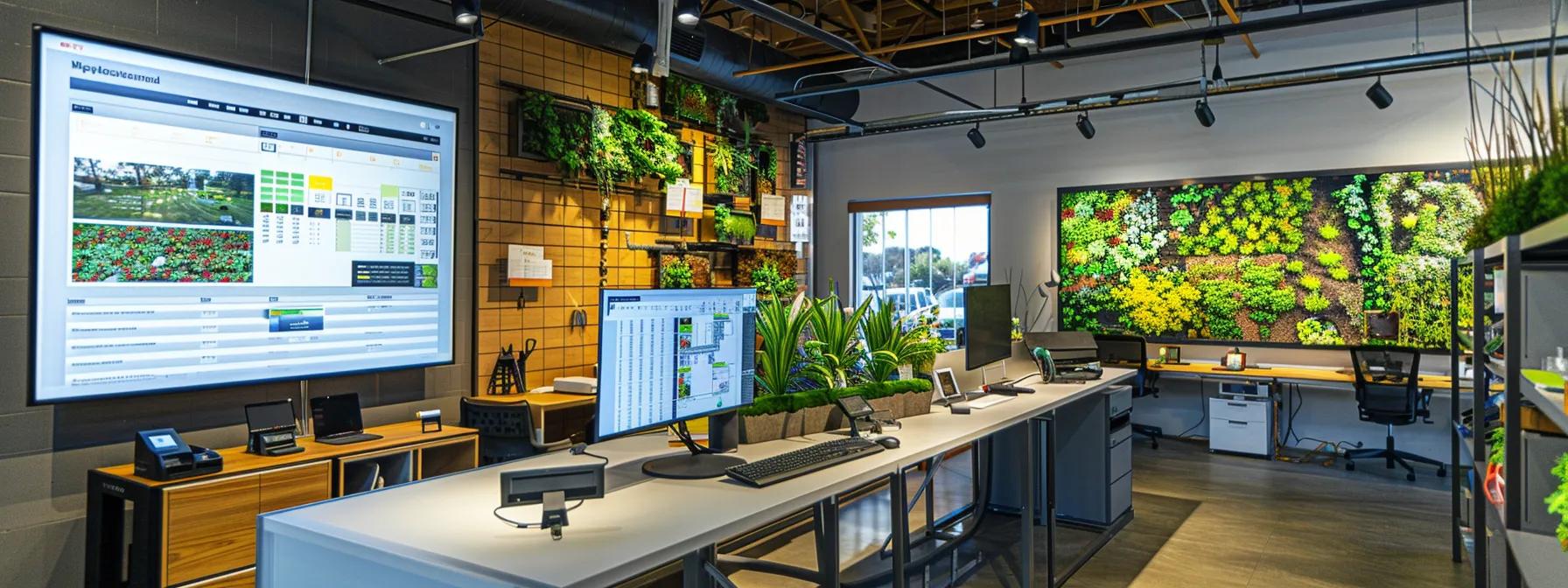
What Is the Recommended Frequency for Lawn Mowing and Fertilization?
During the growing season:
- Mowing is recommended weekly (or bi-weekly during slower growth) to maintain a uniform, dense turf.
- Fertilization is typically applied three to four times a year—in early spring, late spring, summer, and fall—to support vibrant growth.
These practices prevent overgrowth, reduce weed infestation, and protect the lawn from environmental stresses.
When Should Seasonal Cleanups and Pruning Be Scheduled?
Seasonal adjustments are essential:
- Fall Cleanups: Remove fallen leaves and debris to prevent fungal growth.
- Spring Cleanups: Eliminate winter detritus to prepare for active growth.
- Pruning: Best done in early spring and late summer to remove dead branches and stimulate new growth.
A coordinated schedule helps maintain optimal plant health and landscape appearance.
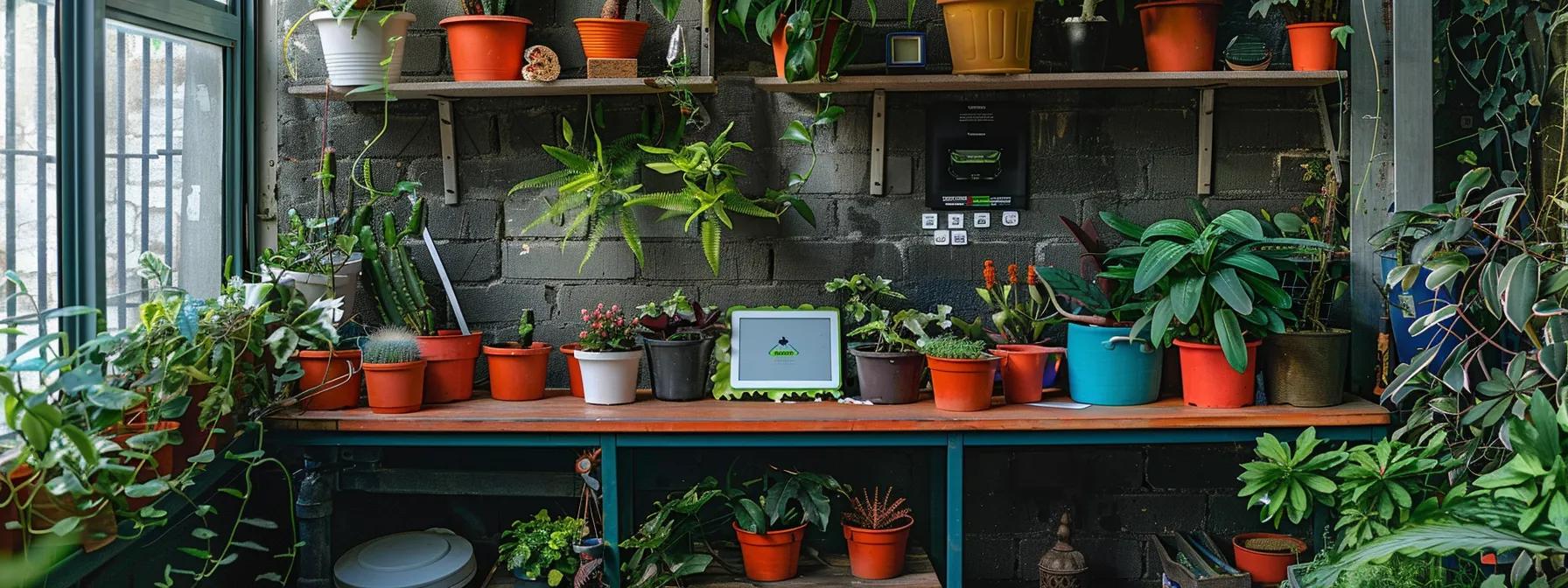
How Does Regular Maintenance Prevent Common Lawn and Landscape Problems?
Regular maintenance:
- Identifies early signs of pest infestations, fungal diseases, or nutrient deficiencies.
- Maintains turf density to naturally suppress weed growth.
- Includes routine irrigation checks to prevent waterlogging or drought stress.
Early intervention through consistent care reduces costly repairs and sustains landscape vitality.
What Are Signs That Professional Maintenance Is Needed?
Indicators include:
- Patchy or discolored lawns and persistent weed proliferation.
- Signs of soil compaction or underperforming irrigation systems.
- Visible damage on hardscaping like patios and walkways.
Prompt professional intervention prevents major deterioration and preserves property curb appeal.
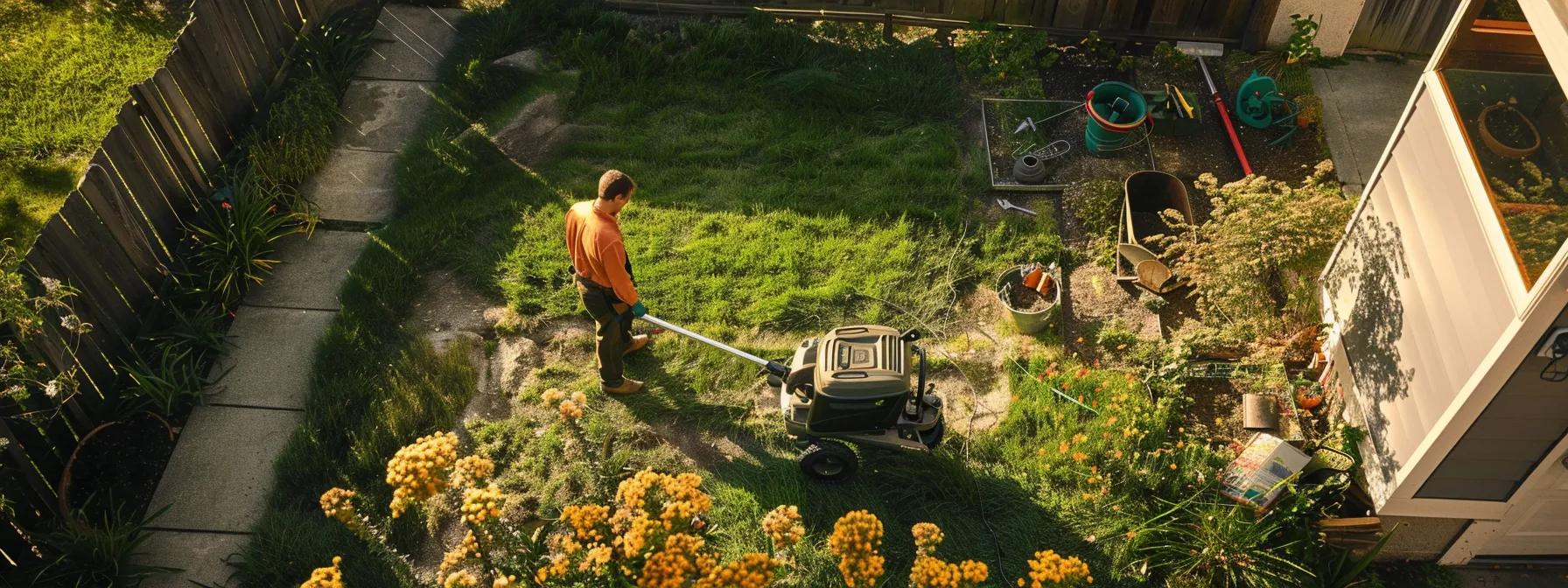
Frequently Asked Questions
Q: How can sustainable landscaping practices lower my maintenance costs? A: They reduce water and chemical usage by using drought-tolerant plants, water-efficient irrigation, and organic inputs, leading to lower long-term expenses.
Q: What is the ideal mowing height for my lawn in Central Minnesota? A: For most cool-season grasses, 2.5 to 3.5 inches is ideal to support deep roots and dense turf growth.
Q: How often should I have my irrigation system professionally serviced? A: At least twice a year—once in spring and once in fall—to check for leaks and ensure efficient operation.
Q: Can I combine landscape design services with regular maintenance? A: Yes. Many providers offer integrated packages that maintain the initial design’s aesthetic through regular upkeep and seasonal adjustments.
Q: What should I consider when planning a landscape redesign to enhance curb appeal? A: Focus on a balanced mix of hardscaping and soft scaping, use native plants, and improve irrigation and lighting to ensure long-term sustainability and appeal.
Q: Why is composting considered vital for soil health in sustainable landscaping? A: Composting recycles organic waste into nutrient-rich amendments, improves soil structure and moisture retention, and reduces reliance on chemical fertilizers.
Get a Free Estimate

Service Area:
Cambridge, Isanti, St. Francis, East Bethel, Zimmerman, Bethel, Oak Grove, Nowthen, Elk River, Anoka, Coon Rapids, Blaine, Ham Lake, Forest Lake, Brooklyn Park, Andover, Mounds View, Champlin, Maple Grove, and more!
Working Hours
Mon: 7am - 5pm
Tues: 7am - 5pm
Wed: 7am - 5pm
Thur: 7am - 5pm
Fri: 7am - 5pm
Sat: Closed
Sun: Closed



